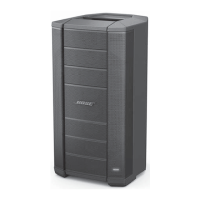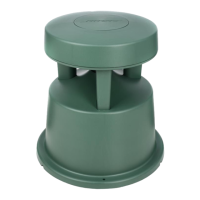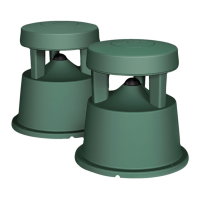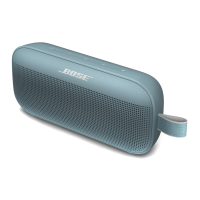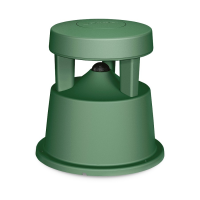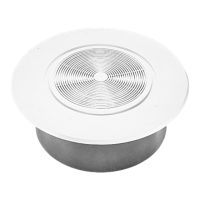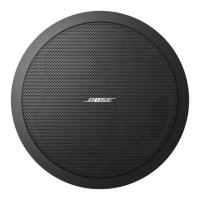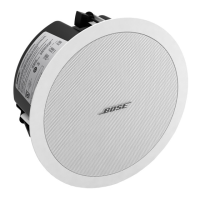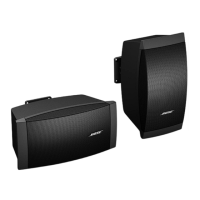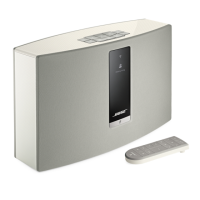76
TEST PROCEDURES
11.3 Measure the THD+N output level at the Line Out XLR connector. It should be < 0.1%.
11.4 Apply a 1KHz, -3.0dBu signal to the Input 2 Right RCA Jack.
11.5 Measure the THD+N output level at the Line Out XLR connector. It should be < 0.1%.
12. Frequency Response Test
12.1 Set the Input 2 volume control to Maximum.
12.2 Apply a 1KHz, -34dBu signal to the Input 2 Left RCA jack.
12.3 Reference a dB meter to the output level at the Line Out XLR connector.
12.4 Sweep the audio input signal from 20 Hz to 20 kHz. Verify that the output level is
0 dB +/- 0.5 dB.
12.5 Apply a 1KHz, -34dBu signal to the Input 2 Right RCA jack.
12.6 Reference a dB meter to the output level at the Line Out XLR connector.
12.7 Sweep the audio input signal from 20 Hz to 20 kHz. Verify that the output level is
0 dB +/- 0.5 dB.
SMPS / Amplifier PCB Tests
IMPORTANT NOTE: These tests measure the output gain and THD+N levels of the SMPS /
Amplifier PCB assembly. This PCB uses a switching power supply that will affect your output
readings if you do not use a Switching Amplifier filter, such as an Audio Precision AUX-0025
or equivalent to remove the switching frequency artifacts from the output signal. The output
gain levels may be correct, but the THD+N readings will be very high without the filter.
• The following tests will test the I/O - DSP PCB and the SMPS / Amplifier PCB together as a
unit, disconnected from the drivers. The I/O - DSP PCB itself was tested in the previous test
series.
• Remove the six screws that secure the I/O - DSP PCB to the enclosure. Re-connect the
10-pin wiring harness to connector J3. This will re-connect the I/O - DSP PCB to the SMPS /
Amplifier PCB assembly. Ensure all other wiring harnesses are connected. Re-install the
I/O - DSP PCB into the loudspeaker enclosure.
• Remove the eight screws that secure the SMPS / Amplifier PCB to the enclosure.
Disconnect the wiring harnesses from connectors J4 and J5. This will disconnect the drivers
from the amplifier outputs. Ensure all other wiring harnesses are connected.
• Connect 4 ohm, 250 Watt load resistors to the J4 (Twiddlers) and J5 (Woofer) outputs.
• Connect the measurement input lead for the DB / THD+N meter to the load resistors and
through the AUX-0025 before connecting to the DB / THD+N meter.
CAUTION: Do not operate the unit under test into the load resistors for a long period of
time while performing these tests. Doing so will overheat the load resistors.
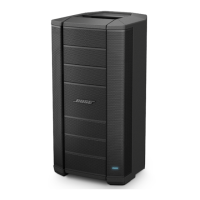
